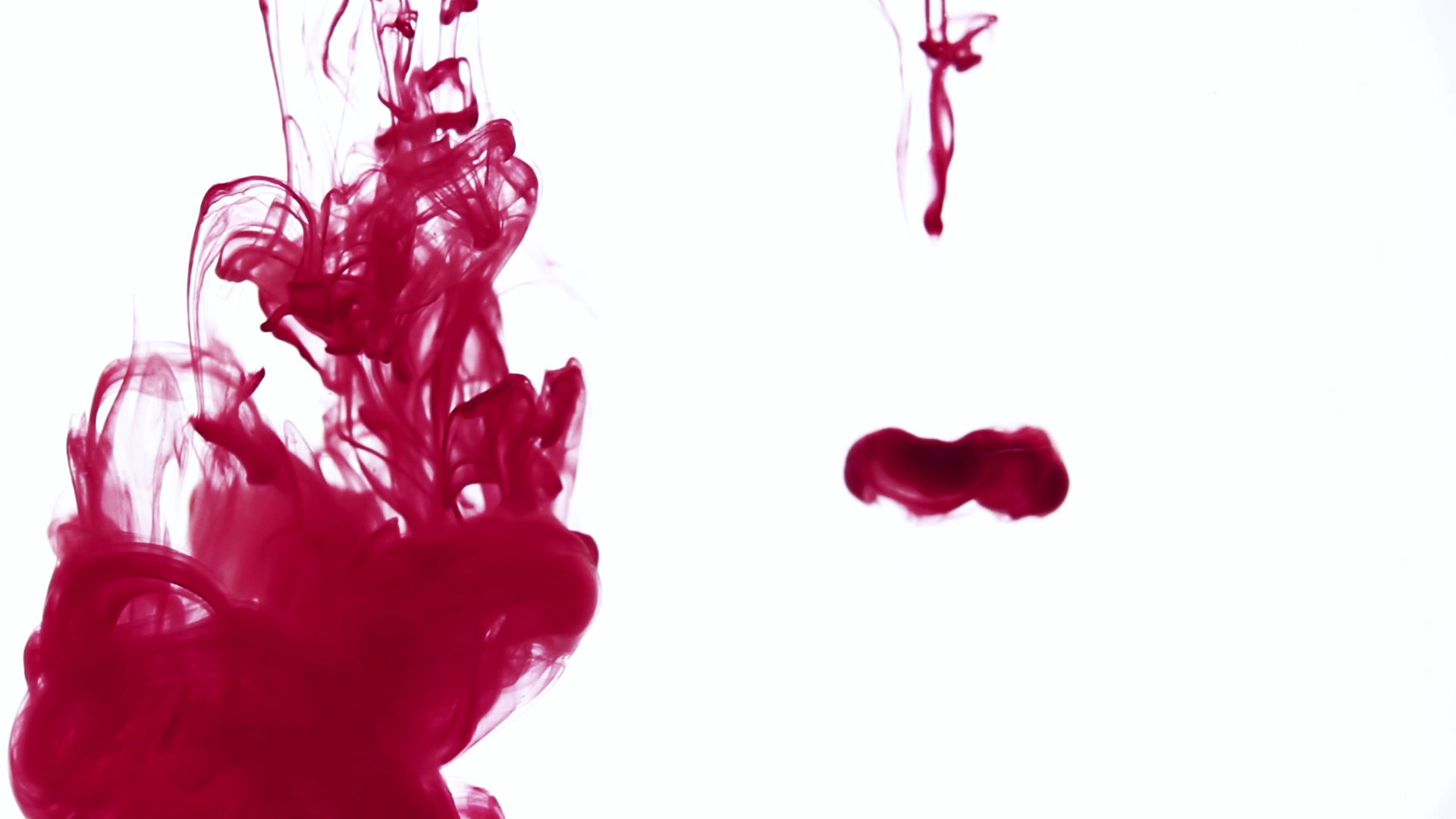
Hollywood &
The Cold War
In 1947, the Truman Doctrine declared America's strategy for countering Communism: contain Soviet influence to prevent it from spreading to neighboring countries. Truman's administration realized that government power wasn't enough to win a battle for hearts and minds--"grey" propaganda was camouflaged and more credible when executed in the private sector.
In Washington's eyes, film had the ability to spread the superior virtues of capitalism within and beyond the nation's borders. Organizations such as the FBI, CIA, Pentagon, State Department, and USIA urged filmmakers to crank out content that fit America's idealized image of itself.
Hollywood was no stranger to anti-Communist efforts--its roots go back to Friday, February 4th, 1944, when The Motion Picture Alliance for the Preservation of American Ideals (MPA) was initiated. Its membership included the likes of Ayn Rand and Walt Disney. According to director Sam Woods, the organization's first president, its mission was to “combat the rising tide of Communism, Fascism and kindred beliefs that seek by subversive methods to undermine and change the American Way of Life" (qtd. in Sbardellati). To counteract the supposed infiltration of Communism in the film industry, MPA sought the assistance of the FBI. Ultimately, the FBI would end up adopting MPA's manual, Screen Guide for Americans, in 1947, using it as a guide for detecting the influence of the enemy on the silver screen.
Musicals, in particular, were useful ideological Trojan horses. As Roger Manvell, a British critic, wrote in 1955, "The best musicals have the vitality of a nation which has no inhibitions when it comes to singing about the heartaches and happiness of contemporary life, or laughing at its own absurdities or glormorising the sheer love of sex and material success" (qtd. in Shaw 28).
United States Army Pictorial Department. “SEATO: ‘Southeast Asia
Treaty Organization Nations’ .” The Big Picture, season 4, episode 3, America Broadcasting Company, 1958.